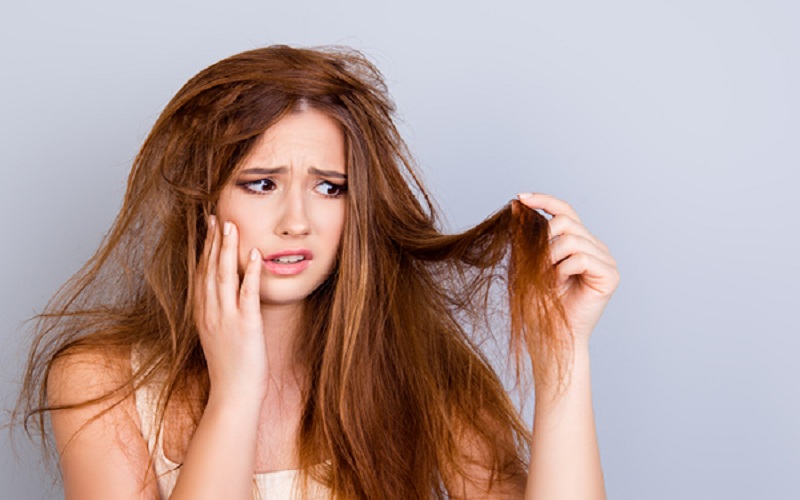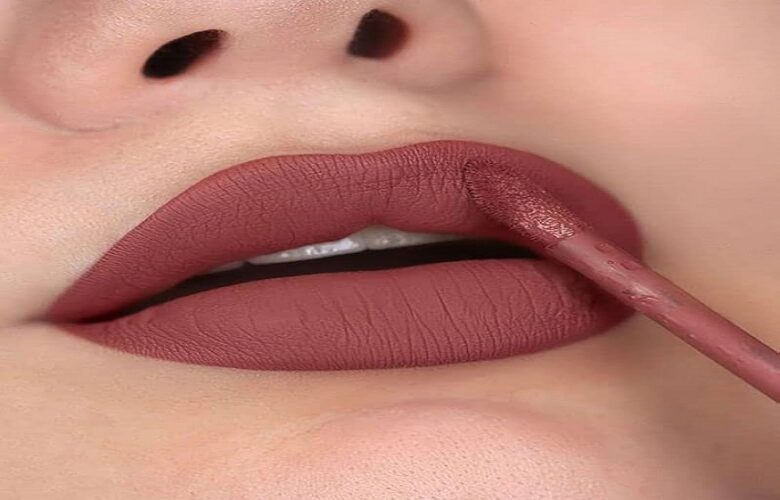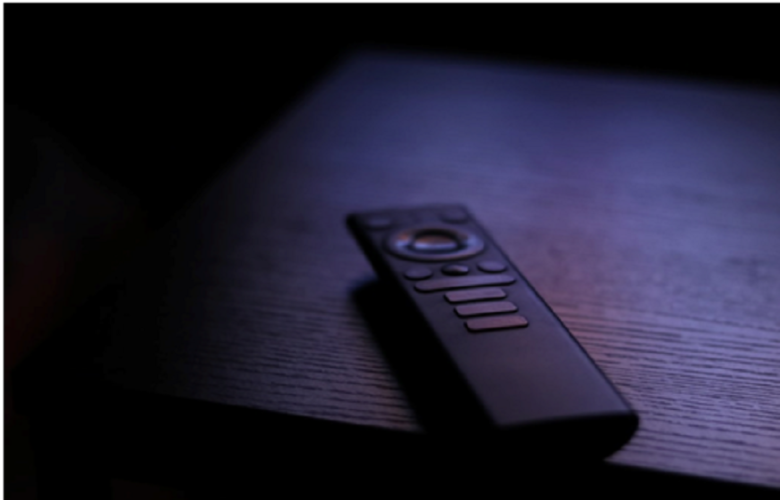When it comes to hair care, one essential step that often gets overlooked is hair conditioning. Many people mistakenly believe that shampooing alone is enough to maintain healthy hair. However, the truth is that conditioner plays a crucial role in restoring and maintaining hair health, especially for those with dry and damaged hair.
The Science Behind Dry and Damaged Hair
To understand why conditioner is so important for dry and damaged hair, it’s essential to delve into the science behind these hair conditions. Dry hair occurs when the hair shaft doesn’t retain enough moisture, leading to a lack of natural oils and a rough, brittle texture. Damaged hair, on the other hand, is the result of various factors such as excessive heat styling, chemical treatments, and environmental damage, which weaken the hair’s structure.
What Makes a Conditioner Effective
A high-quality conditioner is formulated with specific ingredients that target the root causes of dry and damaged hair. Look for conditioners that contain moisturizing agents like glycerin and natural oils, such as argan oil or coconut oil. These ingredients help to replenish the hair’s moisture levels, making it softer and more manageable.
Additionally, effective conditioners often contain proteins like keratin or silk that help repair and strengthen the hair shaft. These proteins bind to the damaged areas, filling in gaps and creating a smoother surface. This not only improves the hair’s appearance but also reduces breakage and split ends.
Choosing the Right Conditioner for Your Hair Type
Not all conditioners are created equal, and it’s crucial to select one that suits your specific hair type. For those with dry hair, opt for a rich, creamy conditioner that provides intense hydration. Look for terms like “moisturizing” or “hydrating” on the label.
If you have damaged hair, consider a conditioner that focuses on repairing and strengthening. Look for keywords like “reconstructing” or “restorative.” These conditioners often contain additional ingredients like amino acids or ceramides that help rebuild the hair’s structure.
For those with fine or oily hair, lightweight conditioners or leave-in conditioners are a better option. These formulas provide moisture without weighing down the hair or causing greasiness.
How Conditioners Work on Dry and Damaged Hair
Once you’ve chosen the right conditioner for your hair type, it’s important to understand how it works to restore and maintain hair health. Conditioners are typically applied after shampooing and are designed to be left on the hair for a few minutes before rinsing.
When the conditioner comes into contact with wet hair, it forms a protective barrier around the hair shaft. This barrier helps to seal in moisture, preventing further dehydration and providing a smoother, more manageable texture. Additionally, the moisturizing and repairing ingredients in the conditioner penetrate the hair shaft, addressing the underlying issues of dryness and damage.
Regular use of conditioner can lead to significant improvements in the overall health and appearance of dry and damaged hair. It helps to reduce frizz, prevent breakage, and restore shine. However, it’s important to note that over-conditioning can lead to build-up and weight down the hair, so it’s essential to find the right balance for your specific hair needs.
Conclusion
In conclusion, conditioner plays a vital role in restoring and maintaining hair health, especially for those with dry and damaged hair. By understanding the science behind these hair conditions and choosing the right conditioner for your hair type, you can effectively address the root causes of dryness and damage. Regular use of conditioner will leave your hair looking and feeling healthier, softer, and more manageable. So, don’t forget to incorporate conditioner into your hair care routine and unlock the key to restoring your hair’s health.




